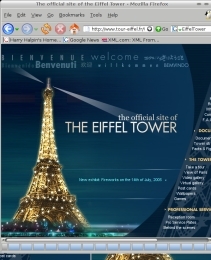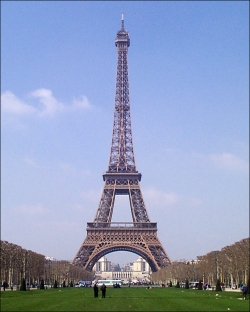





















Harry Halpin, Pat Hayes, Ivan Herman, <hhalpin/ivan@w3.org and phayes@ihmc.us>

The built-in OWL property owl:sameAs links an individual to an individual and Such an owl:sameAs statement indicates that two URI references actually refer to the same thing: the individuals have the same identity (from OWL spec)
It's symmetric and transitive!
Anyone can link to your data-set with owl:sameAs from anywhere else on the Web without your permission, and any statement they make about their own URI will immediately apply to yours!
Note that there are cases when this is what you want!
So what notions that are "close" to identity exist where there are no entailments?

When the two URIs do refer to the same thing, but all the properties ascribed to one URI are not necessarily accepted by the other.
Example: The concept of sodium in DBpedia, which has an owl:sameAs link to the concept of sodium in OpenCyc. The OpenCyc ontology says that an element is the set (class) of all pieces of the pure element, so that for example sodium in Cyc has a member which is the lump of pure metallic sodium. On the other hand, sodium as defined by DBPedia is used to also include isotopes, which have different number of neutrons than standard sodium.
You can not just substitute them for each other all the time!
Note: pretty close to relations like skos:closeMatch, but that is defined for skos:Concept-s only...

Two URIs do refer to the same thing and all properties do hold of both URIs, but that we cannot re-use the URI in a different context.
Example: Tim Berners-Lee, when at a meeting of the Royal Society, is Professor Tim Berners-Lee, but he's just "timbl" in IRC. This does not mean that in IRC Tim is somehow not a professor, but that within that context those properties do not matter.

Just as a picture of something depicts something, a URI can be for a representation of a thing rather than the thing itself.
Example:Using a web-page, an e-mail address (think OpenID or XFN) using something accidentally or contextually to refer to something, a phenomenon called displaced reference. Close to the well-known foaf:primaryTopicOf.

Two things are not identical but simply closely related in some manner.
Example:This, for example, is the relationship between the district of Paris and the Department of Paris in Cyc. The relationship between the quantity and a measurement of a quantity, and an image and a facsimile of that image.
Note: again, there are close relationships to SKOS terms (skos:relatedMatch, skos:broadMatch)